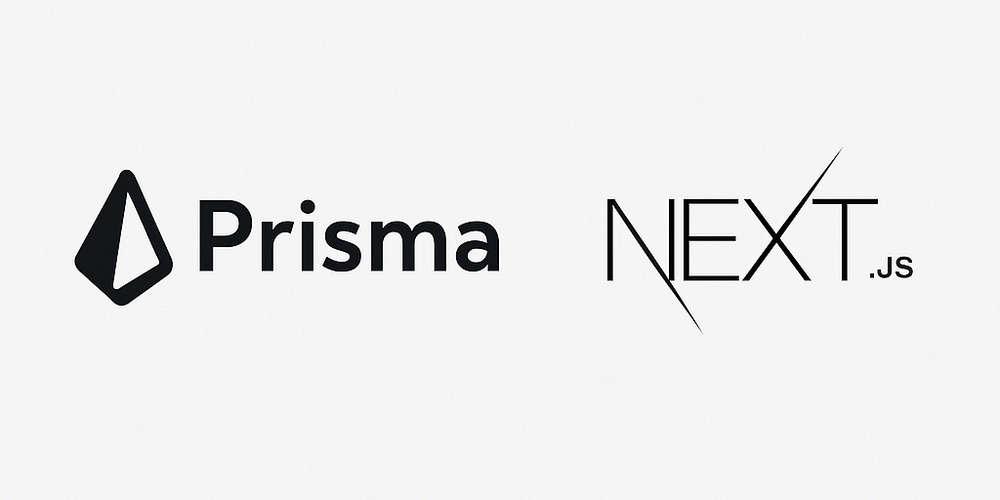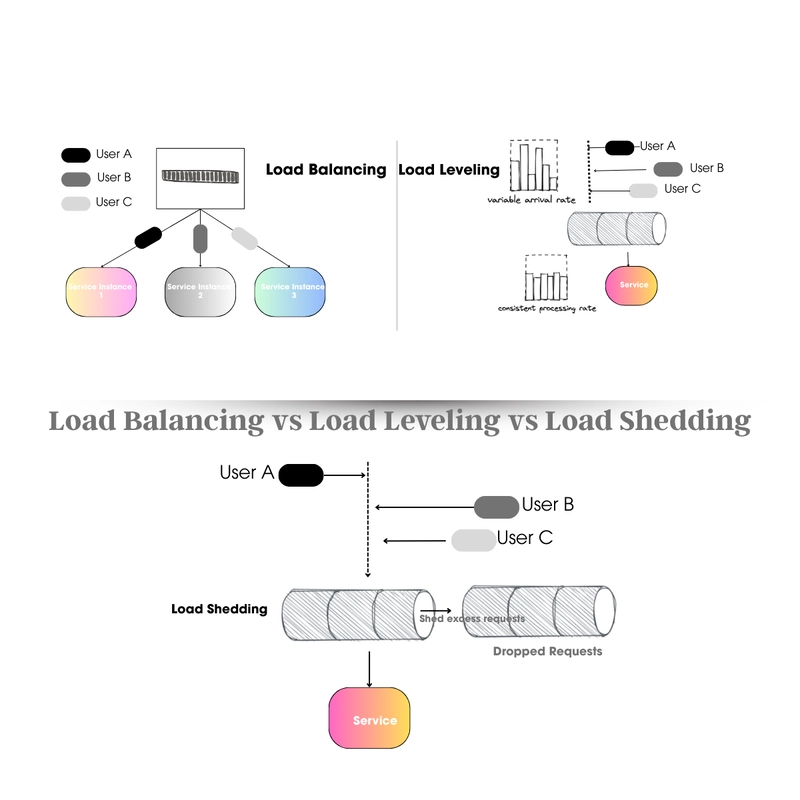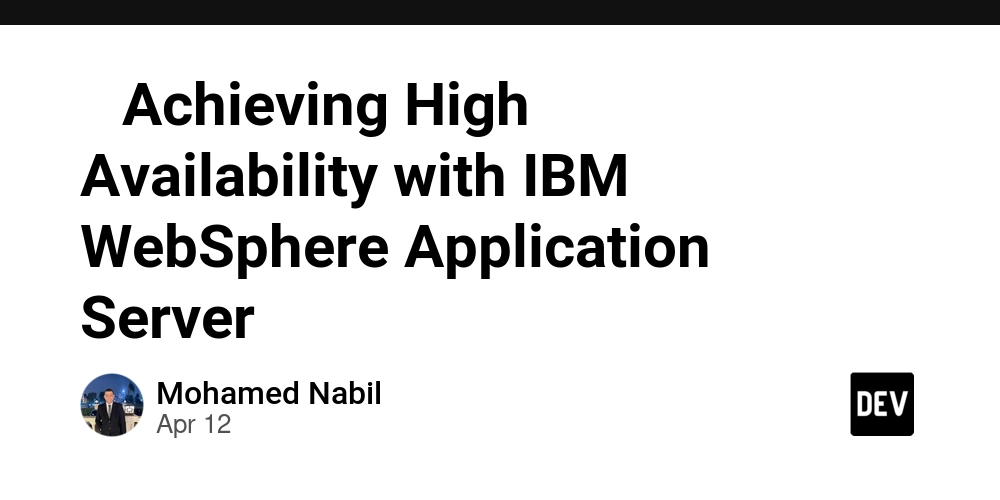Cost-Optimized CI/CD Pipeline
Introduction A Cost-Optimized CI/CD Pipeline is a streamlined, automated software delivery process designed not only for speed and reliability but also for efficiency in resource usage and infrastructure cost . It ensures that your software goes from development to production in the most budget-friendly way, without compromising on quality or agility. In today's fast-paced tech industry, continuous integration and continuous deployment (CI/CD) have become foundational practices. However, with the increasing complexity of cloud-native apps, rising infrastructure costs, and expanding team sizes, there's a critical need to optimize these pipelines for cost while maintaining high standards of performance and scalability. Technical Details Key Components of a Cost-Optimized CI/CD Pipeline: Source Code Repository (GitHub, GitLab) CI Tools (GitHub Actions, Jenkins, GitLab CI) Docker & Container Registries (DockerHub, ECR) Helm for Kubernetes Deployments ArgoCD for GitOps-based CD Monitoring & Cost Tracking Tools (Prometheus, Grafana, Kubecost) How These Components Interact: Developer pushes code to the repo. CI pipeline triggers , builds the code using cached base images. Docker images are created using multi-stage builds. Images are pushed to a registry with retention policies. Helm charts are updated with the new image tag. ArgoCD detects Helm changes and syncs the app to Kubernetes. The application is deployed using canary or blue-green strategy . Monitoring tools track performance and cost. Technologies Involved: Protocols : Git, HTTPS, YAML-based deployments Frameworks : Kubernetes, Helm, GitOps Tools : Docker, ArgoCD, Kubecost, Prometheus Real-Time Scenario Scenario: E-Commerce Platform Scaling for Black Friday Imagine an online store preparing for Black Friday. The platform needs to handle massive traffic spikes while keeping infrastructure costs under control. Analogy: Smart Lighting System in a Stadium Just like smart lights adjust brightness based on the crowd and sunlight, a cost-optimized CI/CD pipeline adjusts compute, storage, and deployment strategies based on real-time needs. Implementation Breakdown: Developers push last-minute discount logic. GitHub Actions builds and tests the new code. Docker builds a lean image with only necessary dependencies. Helm chart is updated with new version and CPU/memory limits. ArgoCD detects the change and rolls out the update canary-style. Prometheus tracks latency and errors. Kubecost monitors the spike in cloud spend and alerts if a threshold is crossed. Benefits and Best Practices Benefits: Reduced Cloud Costs Faster Deployment Cycles Better Resource Utilization Improved Developer Productivity Real-Time Cost Visibility Best Practices: Use multi-stage Docker builds Enable autoscaling and set resource limits Adopt spot instances or ephemeral CI runners Clean up old images and stale resources Implement Helm value templating for dynamic config Monitor using Kubecost + Prometheus Challenges and Considerations Potential Challenges: Overhead in setting up cost-tracking tools Lack of awareness about available cloud savings plans Security concerns with using public runners or spot instances Configuration drift in Helm values Solutions: Use prebuilt Terraform/Kubernetes modules for cost tools Train teams on cost governance policies Enable ArgoCD self-healing and drift detection Future Trends AI-Driven CI/CD Optimization : Predict resource needs before deployment FinOps Integration : Cost considerations baked into pipeline triggers Serverless CI/CD Pipelines : Pay-per-use execution Dynamic Environment Scheduling : Auto-pausing dev/test envs during off-hours Conclusion Cost-Optimized CI/CD Pipelines are the future of efficient software delivery. As companies scale and adopt more cloud-native tools, optimizing for cost without sacrificing speed or quality becomes a competitive advantage. Implementing the right tools and practices not only saves money but also ensures better team alignment and sustainable operations. DevOps #CICD #GitOps #CloudCostOptimization #Kubernetes #ArgoCD #Helm #Kubecost #FinOps #CloudNative

- Introduction
A Cost-Optimized CI/CD Pipeline is a streamlined, automated software delivery process designed not only for speed and reliability but also for efficiency in resource usage and infrastructure cost . It ensures that your software goes from development to production in the most budget-friendly way, without compromising on quality or agility.
In today's fast-paced tech industry, continuous integration and continuous deployment (CI/CD) have become foundational practices. However, with the increasing complexity of cloud-native apps, rising infrastructure costs, and expanding team sizes, there's a critical need to optimize these pipelines for cost while maintaining high standards of performance and scalability.
- Technical Details
Key Components of a Cost-Optimized CI/CD Pipeline:
- Source Code Repository (GitHub, GitLab)
- CI Tools (GitHub Actions, Jenkins, GitLab CI)
- Docker & Container Registries (DockerHub, ECR)
- Helm for Kubernetes Deployments
- ArgoCD for GitOps-based CD
- Monitoring & Cost Tracking Tools (Prometheus, Grafana, Kubecost)
How These Components Interact:
- Developer pushes code to the repo.
- CI pipeline triggers , builds the code using cached base images.
- Docker images are created using multi-stage builds.
- Images are pushed to a registry with retention policies.
- Helm charts are updated with the new image tag.
- ArgoCD detects Helm changes and syncs the app to Kubernetes.
- The application is deployed using canary or blue-green strategy .
- Monitoring tools track performance and cost.
Technologies Involved:
- Protocols : Git, HTTPS, YAML-based deployments
- Frameworks : Kubernetes, Helm, GitOps
- Tools : Docker, ArgoCD, Kubecost, Prometheus
- Real-Time Scenario
Scenario: E-Commerce Platform Scaling for Black Friday
Imagine an online store preparing for Black Friday. The platform needs to handle massive traffic spikes while keeping infrastructure costs under control.
Analogy: Smart Lighting System in a Stadium
Just like smart lights adjust brightness based on the crowd and sunlight, a cost-optimized CI/CD pipeline adjusts compute, storage, and deployment strategies based on real-time needs.
Implementation Breakdown:
- Developers push last-minute discount logic.
- GitHub Actions builds and tests the new code.
- Docker builds a lean image with only necessary dependencies.
- Helm chart is updated with new version and CPU/memory limits.
- ArgoCD detects the change and rolls out the update canary-style.
- Prometheus tracks latency and errors.
- Kubecost monitors the spike in cloud spend and alerts if a threshold is crossed.
- Benefits and Best Practices
Benefits:
- Reduced Cloud Costs
- Faster Deployment Cycles
- Better Resource Utilization
- Improved Developer Productivity
- Real-Time Cost Visibility
Best Practices:
- Use multi-stage Docker builds
- Enable autoscaling and set resource limits
- Adopt spot instances or ephemeral CI runners
- Clean up old images and stale resources
- Implement Helm value templating for dynamic config
- Monitor using Kubecost + Prometheus
- Challenges and Considerations
Potential Challenges:
- Overhead in setting up cost-tracking tools
- Lack of awareness about available cloud savings plans
- Security concerns with using public runners or spot instances
- Configuration drift in Helm values
Solutions:
- Use prebuilt Terraform/Kubernetes modules for cost tools
- Train teams on cost governance policies
- Enable ArgoCD self-healing and drift detection
- Future Trends
- AI-Driven CI/CD Optimization : Predict resource needs before deployment
- FinOps Integration : Cost considerations baked into pipeline triggers
- Serverless CI/CD Pipelines : Pay-per-use execution
- Dynamic Environment Scheduling : Auto-pausing dev/test envs during off-hours
- Conclusion
Cost-Optimized CI/CD Pipelines are the future of efficient software delivery. As companies scale and adopt more cloud-native tools, optimizing for cost without sacrificing speed or quality becomes a competitive advantage. Implementing the right tools and practices not only saves money but also ensures better team alignment and sustainable operations.















































































